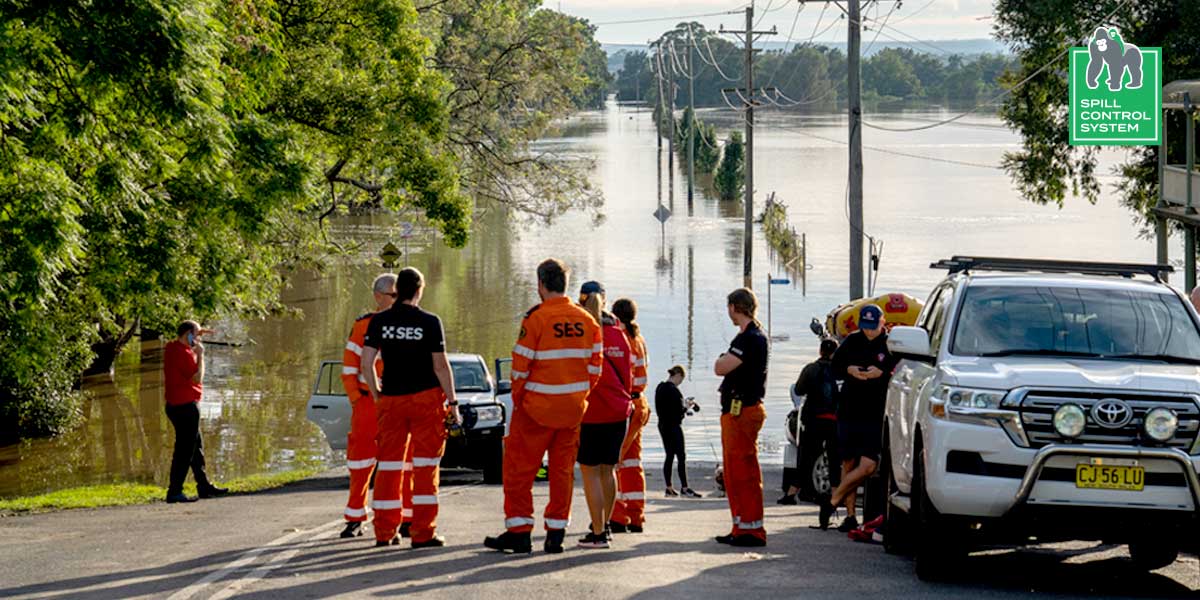Floods can cause significant damage to businesses and result in millions of dollars in losses each year. While you might believe that your business is safe from flooding because it is not located near a river or the ocean, it's important to remember that flash floods can occur anywhere with heavy rainfall for an extended period.

To protect yourself, your business, and your property, it is crucial to understand the facts about flooding. Here are eight important things that everyone should know:
- Floods are the most common of all-natural disasters in Australia.
Australia is one of the countries most prone to flooding worldwide. On average, there are approximately 20 major floods in Australia every year. Over the past decade, there have been more than 160,708 recorded floods, resulting in the destruction of homes, businesses, wildlife, and habitats. In 2022 alone, flash flooding affected 160,000 properties in Gippsland.
- Floods can happen anywhere it rains.
Flooding is not limited to areas near bodies of water. Flash floods can occur in any location experiencing heavy rainfall for an extended period. It is essential to exercise caution and be prepared when severe weather conditions are forecasted.
- Floodwaters can rise rapidly and without warning.
Flash floods can develop within minutes or hours after heavy rain. Floodwaters can rise quickly, overflowing onto roads and into homes and businesses. Stay alert and be ready to evacuate if instructed by authorities.
- Floodwaters can be extremely hazardous.
Floodwaters can be contaminated with sewage, chemicals, and other pollutants. It is crucial to avoid floodwaters whenever possible and never attempt to drive through them.
Sewerage, chemicals and other pollutants require specialist management – read here for products to assist: Water-Gate
- Just six inches of fast-flowing water can cause vehicle damage.
Even as little as six inches of rapidly flowing water can cause damage to cars. Fast-moving water possesses significant force and can swiftly sweep vehicles off roads. If you must drive through floodwaters, ensure that you are aware of the water's depth and the condition of the road ahead.
- Standard home or business insurance does not cover flood damage.
Typically, standard insurance policies do not provide coverage for flood damage. To protect yourself from potential losses caused by flooding, it is necessary to purchase separate flood insurance.
- Prepare for floods with appropriate flood control products.
Silverback Flood Control products offer a range of equipment designed to prevent or minimise flood damage. These products include traditional sandbags, flood pillows, barriers, and panels, commonly used by homeowners, businesses, and municipalities to safeguard their properties from floodwater. Additionally, Silverback provides stormwater management products like drain wardens, seals, and covers to reduce the entry of pollutants into storm drains and nearby waterways.
By utilising environmental protection and flood control products, you can mitigate the impact of flooding, protect our water resources, and minimise environmental harm. For more information, visit Environmental Protection.
In conclusion, prevention is always the best approach in any emergency situation. If you are caught in a flood, remain calm but act promptly. Never attempt to drive through floodwaters. If your home or business is flooded, contact emergency services at 000 for guidance and prioritise your safety.

